Soil Testing
-
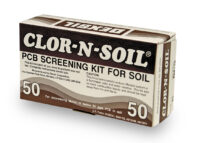
Clor-N-Soil®
-

L2000® DXT PCB/Chloride Analyzer
-
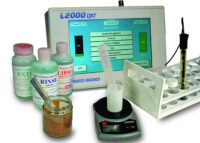
L2000® Soil Reagents
-

L2000® Two-Step Soil Reagents
-
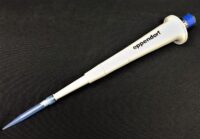
PetroFLAG® 1mL Pipettor - for High Range Option
-
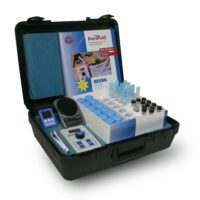
PetroFLAG® Analyzer System for TPH in Soil
-
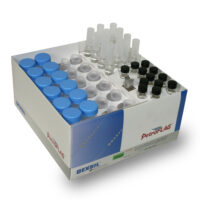
PetroFLAG® Calibration Standards (1000 ppm)
-
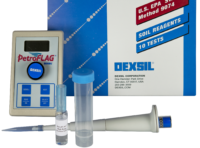
PetroFLAG® High Range Extract Vials
-
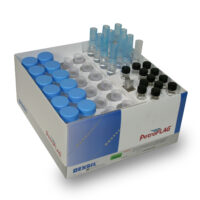
PetroFLAG® Soil Reagents
-
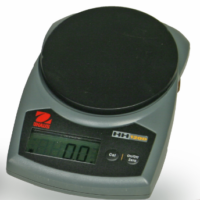
Portable Electronic Balance
On-Site Tests for Soil
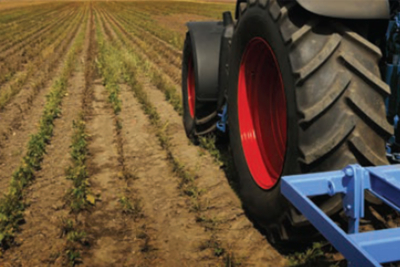
TPH IN SOIL: USEPA SW-846 Draft Method 9074
TPH site assessment and clean-up often requires rapid response. Relying on laboratory analysis to determine the extent of hydrocarbon contamination is expensive and can take a week or more to obtain results. Laboratory methods also typically limit the result range to GRO (Gasoline Range Organics) or DRO (Diesel Range Organics). When limiting the analysis to these ranges, heavier fraction hydrocarbons such as fuel oil, motor oil, hydraulic oil, transformer oil, and greases are not included in the analysis and may result in an underestimation of the true TPH concentration. Dexsil’s PetroFLAG Analyzer System is a convenient field portable test method providing TPH results on-site in a matter of minutes saving time and money. The PetroFLAG reagent system is environmentally safe and contains no hazardous chlorinated solvents. The system is designed to quantify both aliphatic and aromatic hydrocarbons within a carbon range from C8-C44. Results are possible from ~15 ppm up to 20% (200,000 ppm).
PCB/CHLORINATED ORGANICS IN SOIL
PCB, chlorinated solvents, chlorinated pesticides and herbicides are environmental pollutants of great concern all over the world. The clean up process starts with identifying the location of contaminated sites and determining the extent of the contamination by collecting and testing soil samples. Laboratory analysis can be prohibitively expensive with a long wait for results. Field screening can greatly reduce the time and cost of soil analysis expediting the remediation process.
For PCB soil screening, Dexsil has two options: Clor-N-Soil 50 and the L2000DXT Analyzer System. The Clor-N-Soil kits can determine if a soil sample contains greater or less than 50 ppm PCB, and take just 10 minutes to run. Everything needed for each test is included in the kit box. The L2000DXT Analyzer System is a field portable electro-chemical test method for times when quantitative results are needed. The L2000DXT can be used to screen for PCB or other chlorinated organics in a range from 3-2000 ppm in four matrices: soil, water, surface wipes, or transformer oil.